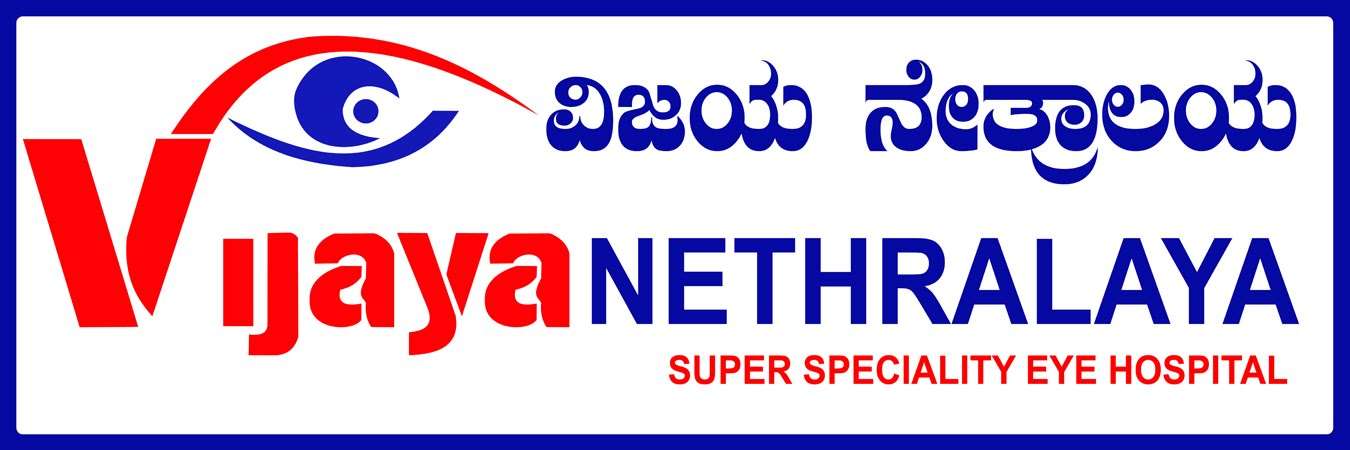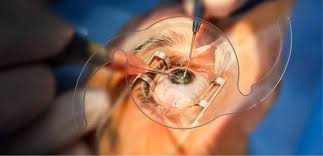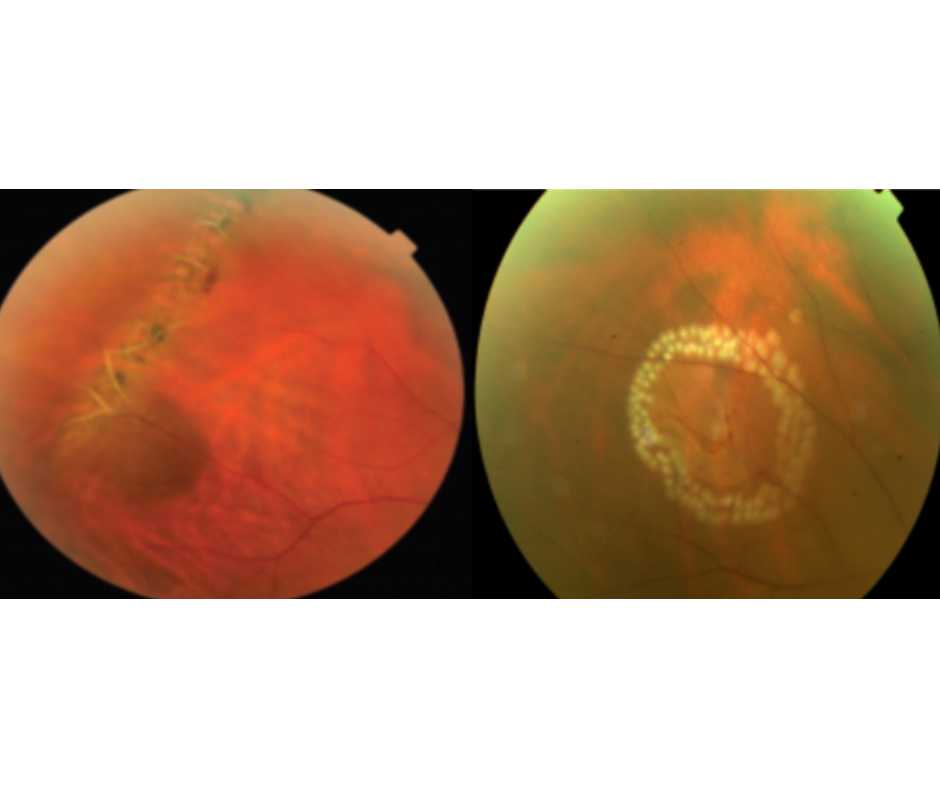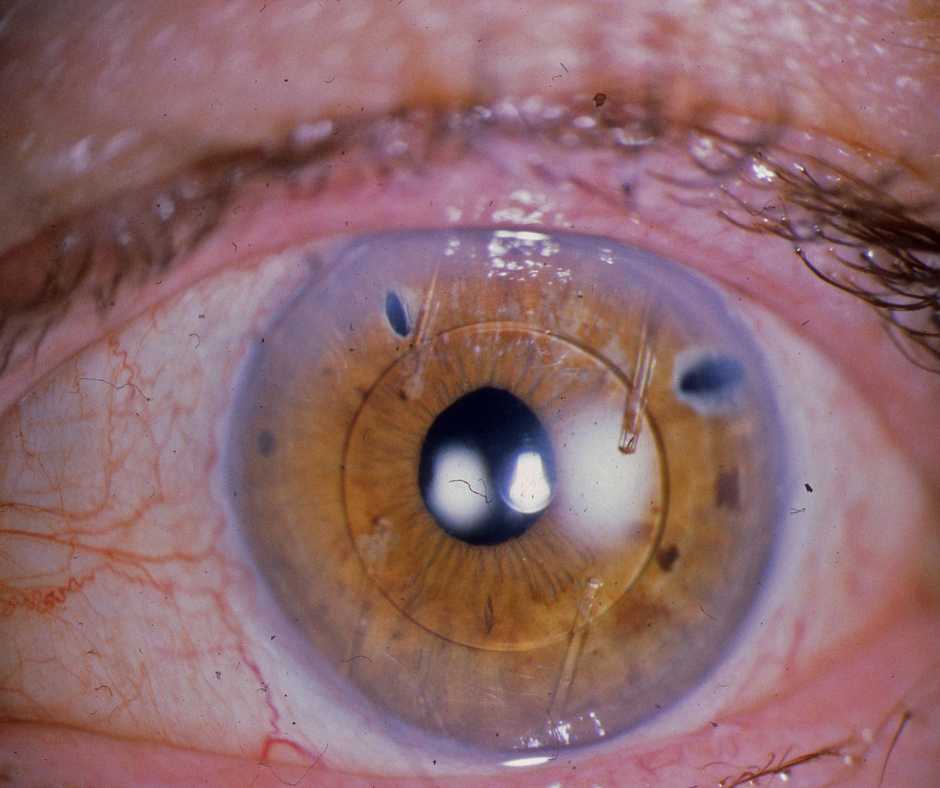Introduction
Are you tired of dealing with glasses and daily contact lenses? Permanent contact lens surgery could be the transformative solution you’ve been seeking. This advanced procedure offers a long-lasting alternative for vision correction, eliminating the need for external lenses. In this article, we will explore what permanent contact lenses are, their benefits, risks, costs, and why they could be the best option for your vision correction needs.
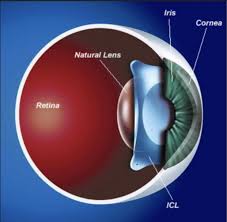
Understanding Permanent Contact Lenses
What Are Permanent Contact Lenses?
Permanent contact lenses, also known as implantable collamer lenses (ICL), are surgically placed inside the eye to correct refractive errors like nearsightedness, farsightedness, and astigmatism. Unlike traditional contact lenses, which sit on the eye’s surface, these are inserted behind the iris, providing a permanent vision correction solution without the need for daily removal.
Types of Implantable Contact Lenses (ICL)
- Visian ICL—one of the most popular brands, offering UV protection and biocompatibility.
- EVO ICL—An advanced version that reduces nighttime halos and glare.
- Toric ICL—designed for patients with astigmatism.
Who Can Benefit from Eye Surgery Permanent Contact Lenses?
Ideal Candidates
- People with moderate to severe myopia (nearsightedness).
- Those not eligible for LASIK due to thin corneas or dry eyes.
- Individuals seeking a reversible and long-term vision correction solution.
Who Should Avoid This Surgery?
- Patients with chronic eye diseases like glaucoma.
- Those with a history of eye infections or severe allergies.
- Pregnant women due to potential hormonal changes affecting vision.
Comparison Between LASIK and Permanent Contact Lenses
| Feature | LASIK | Permanent Contact Lenses |
|---|---|---|
| Procedure Type | Laser reshaping of the cornea | Lens implant behind the iris |
| Reversibility | Permanent | Reversible |
| Ideal For | Mild to moderate myopia | Severe myopia and astigmatism |
| Recovery Time | Quick (1-2 days) | Moderate (few days to a week) |
| Risk of Dry Eyes | Higher | Lower |
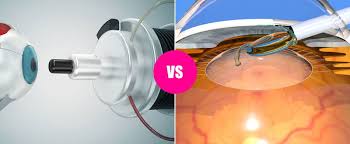
Procedure of Eye Surgery Permanent Contact Lens Surgery
Pre-Surgery Preparations For Eye Surgery Permanent Contact Lens
- Eye Examination: Detailed tests to determine suitability.
- Avoid wearing contact lenses at least 2 weeks before surgery.
Step-by-Step Surgical Process in Eye Surgery Permanent Contact Lens
- Local anesthesia is applied.
- A tiny incision is made at the edge of the cornea.
- The ICL is folded and inserted through the incision.
- The lens unfolds naturally and adjusts into place.
- The incision heals without stitches.
Post-Surgery Care and Recovery
- Use prescribed eye drops to prevent infections.
- Avoid rubbing the eyes for a few weeks.
- Resume normal activities in 3-5 days.
Benefits of Permanent Contact Lenses
- Superior vision quality compared to glasses or standard contact lenses.
- Reversible and adjustable if needed in the future.
- No risk of dry eyes, unlike LASIK.
Risks and Complications of Permanent Contact Lens Surgery
- Glare or Halos at Night.
- Infection Risks (though rare with proper care).
- Increased eye pressure in some cases.
Cost of Permanent Contact Lens Surgery
- Average Cost: $3,000 – $5,000 per eye.
- Factors Affecting Cost: Clinic reputation, surgeon expertise, country of treatment.
Top Clinics for Permanent Contact Lens Surgery
- Moorfields Eye Hospital, UK
- Bascom Palmer Eye Institute, USA
- Vijaya Nethralaya Super Speciality Eye Hospital, India—a top eye care provider in Bangalore.
Real-Life Success Stories and Testimonials
Many patients experience 20/20 vision after surgery and report enhanced confidence in daily life.

Alternative Vision Correction Methods
- PRK (Photorefractive Keratectomy)
- Orthokeratology (Ortho-K) Night Lenses
Conclusion
Permanent contact lens surgery is a game-changer for vision correction. It provides an effective, long-term, and reversible solution for those who are not candidates for LASIK. With advancements in technology, this procedure is safer and more accessible than ever before. If you’re considering this surgery, consult with a qualified ophthalmologist to determine if it’s right for you.
Author Details:
Dr. Sushruth Appajigowda holds a prominent position as a cornea, cataract, glaucoma, and LASIK surgeon in Bangalore. He serves as the chief cataract and refractive surgeon at Vijaya Nethralaya Eye Hospital, Nagarbhavi, Bangalore. Renowned as one of the finest LASIK surgeons nationwide, he brings with him over 12 years of experience across multiple LASIK platforms, including ZEISS, ALCON, SCHWIND, AMO, and Bausch and Lomb. Having successfully conducted over 5000 LASIK procedures, Dr. Sushruth holds the title of a Certified Refractive Surgeon and a Fellow of the All India Collegium of Ophthalmology. Furthermore, he stands as a distinguished speaker at various national and international forums, using his expertise to guide you in selecting the most suitable procedure based on your health requirements.

http://vijayanethralaya.com/link-in-bio/
FAQs
1. How long does permanent contact lens surgery take?
The entire procedure takes about 20-30 minutes per eye.
2. Are permanent contact lenses truly permanent?
Yes, but they can be removed or replaced if necessary.
3. Is the procedure painful?
No, local anesthesia is used to ensure a painless experience.
4. How soon can I resume normal activities?
Most patients recover within a few days to a week.
5. Does insurance cover permanent contact lens surgery?
Some insurance plans may partially cover the procedure; check with your provider
